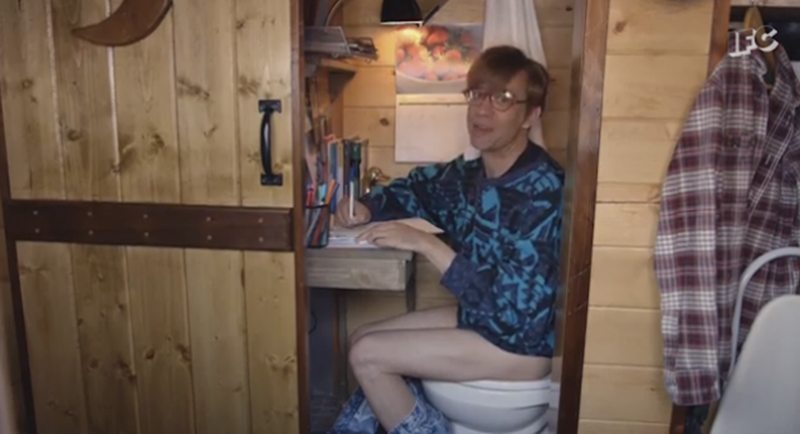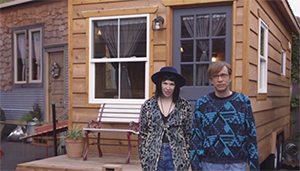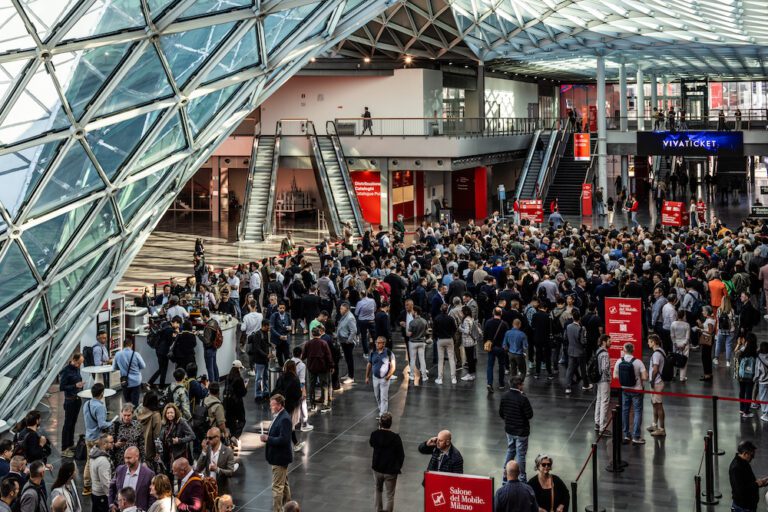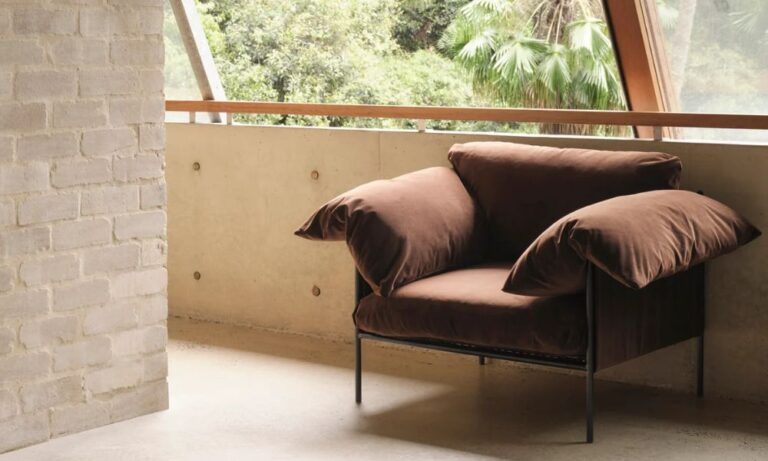When we talk about downsizing we generally refer to empty nesters, keen for a smaller home with less cleaning and more time for enjoying their new-found freedom. Now, the trend towards younger people downsizing has taken off in cities such as New York, London and Vancouver.
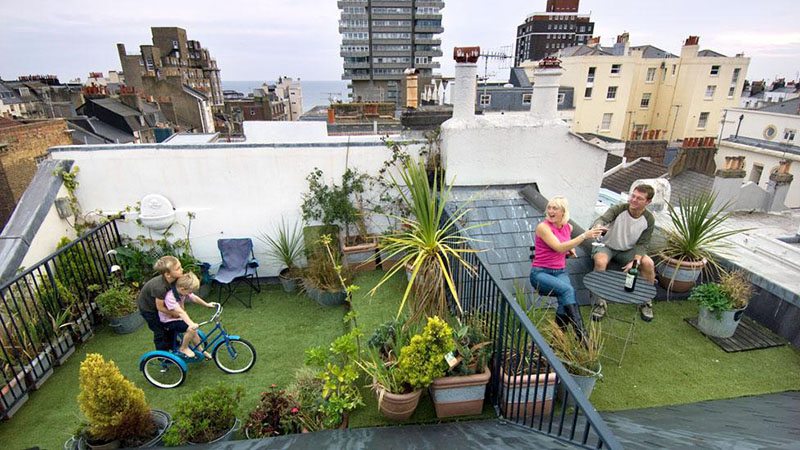
The concept makes sense when you consider the alarming rate of rising property prices, particularly in cities like Sydney where house prices are up by 12.2 per cent with the average home hovering at $760,000.
Could these pint-sized pads, also known as apodments, micro-digs, nano-suites and micro-lofts be the answer to urban affordability for people? People who find themselves priced out of the areas they’d prefer to call home could set up a tiny house in their dream location.
However, the developers sure aren’t marketing tiny homes in terms of affordability, preferring to use aspirational terms like luxury rentals.
David Wex, a partner at Urban Capital, the first developers of Toronto’s micro-condos, Smart House, said students and those who are tired of long commutes have shown great interest.
“Torontonians know what it means to have great stores, cafés and bars outside their door,” he said. “For those looking for a central location, [flats of] this type, design and price point is a great option.
The smaller living spaces are touted as making people happier as they provide the opportunity to live in great locations, be more energy efficient, deal with less cleaning and open people up to their neighbourhoods.
But this kind of micro-living doesn’t make everyone excited. The TV show Portlandia recently poked fun at tiny homes, with Carrie Brownstein and Fred Armisen showing off their “very, very efficient” home, followed by Brownstein complaining “I can feel your hot breath on me all the time.”
